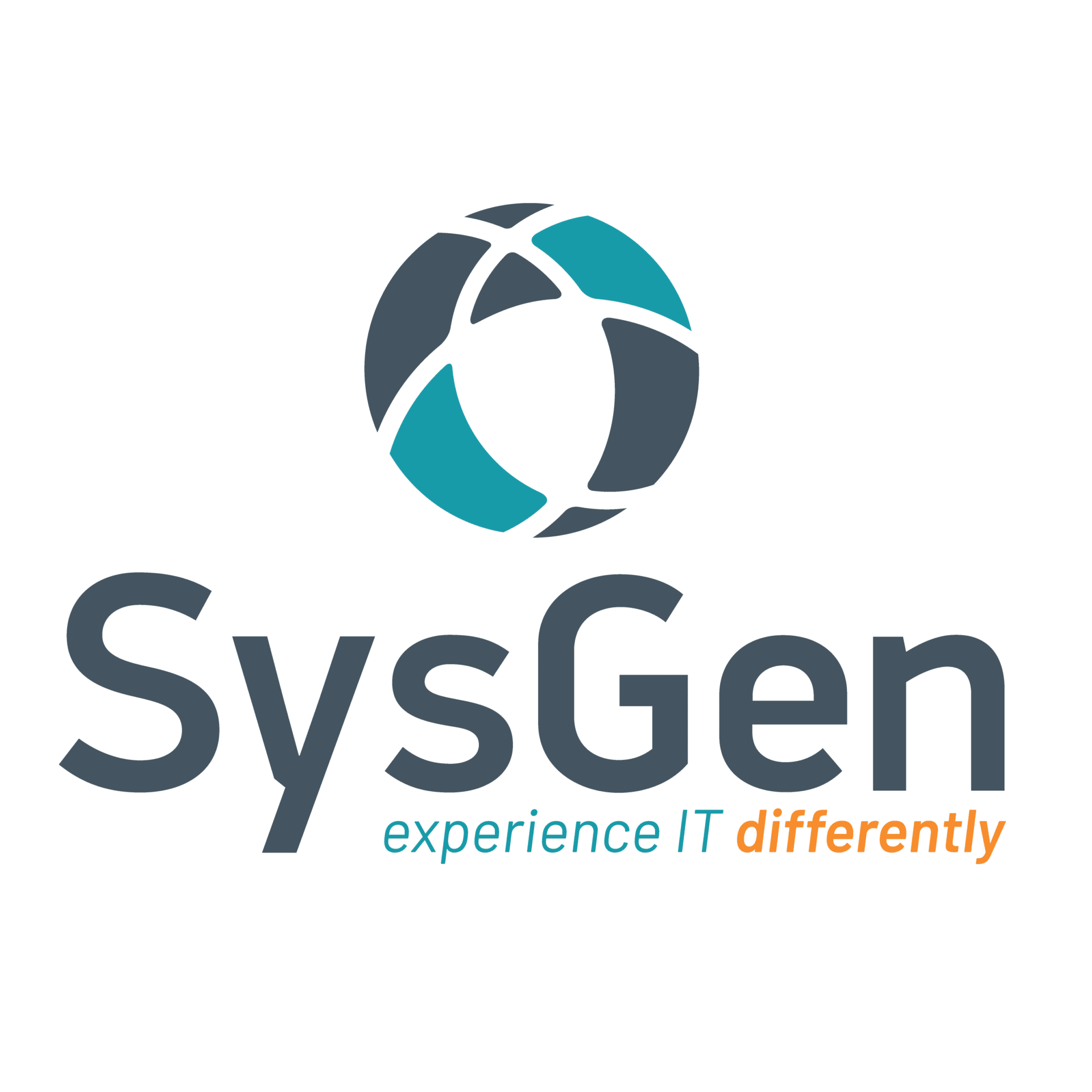As the weather warms for spring and summer, you are implementing robust cybersecurity measures for businesses of any size to mitigate risks throughout the year. Just as physical spring cleaning revitalizes an organization’s work environment, running an IT spring and summer cleaning can help identify and address vulnerabilities that could compromise security. This article will explore the importance of IT cleaning, including the risks and best practices, such as implementing MFA, performing regular backups for your business data, and removing unnecessary applications. Let’s take a look at the key steps to enhance security and protect your business from cyber threats:
Table of Contents
The Importance of IT Spring Cleaning
IT spring cleaning for businesses involves an extensive process. It brings together all team members to systematically review and optimize your digital infrastructure to identify and mitigate potential vulnerabilities. This process is necessary to ensure your business can avoid cyberattacks and data breaches, which can undermine customer trust and threaten the viability of your operations. Companies can enhance security by conducting regular IT spring cleaning exercises, minimizing risks, and maintaining resilience against evolving threats.
Understanding the Risks of IT Spring Cleaning
With every cleaning project, there are always risks to consider. It’s essential to understand the diverse range of cybersecurity concerns that businesses may face during this process. Cyber threats such as malware, phishing attacks, ransomware, and data breaches are omnipresent. These attacks on businesses may result in significant financial losses, reputational damage, and regulatory penalties depending on the industry.
Additionally, with the increasing adoption of remote work and cloud-based services, cybercriminals have expanded the attack surface for businesses, ranging from different phishing strategies and social engineering tactics. This necessitates proactive measures for business owners and their teams to mitigate and identify security vulnerabilities effectively. Before any cleaning is started or completed, relevant stakeholders should be informed of these risks. This can help to avoid breaches while updating computer systems, which are tasks that are ultimately trying to protect the business.
Key Steps to Maximize Security For Your Business
There are key steps business owners can take to ensure the protection of their operating system while going through the cleaning process. Here are some approaches you can take to begin vulnerability management:
Conduct a Security Assessment
Business owners can start by conducting a comprehensive cybersecurity assessment. This process must occur first to identify potential vulnerabilities in the business’s network, systems, and applications. Stakeholders should assess existing security controls, review current cybersecurity and IT policies and double-check procedures to determine areas for improvement in their IT environment. Business owners are commended to engage with an external team of cybersecurity experts to commence this step, so relevant stakeholders can gain insights into best practices and identify emerging threats more accurately.
Implement Multi-Factor Authentication (MFA) and Regularly Change Passwords
Strengthening access controls amongst staff is one way to enhance a company’s IT environment. To do this, implement MFA across the organization’s systems and applications. MFA adds an extra layer of security by requiring all users to provide multiple forms of authentication, such as passwords, biometrics, and tokens. These can significantly reduce the risk of unauthorized access, even if initial authentication is compromised. Training relevant stakeholders within the business in implementing MFA for their access points will allow the business to significantly reduce the risks of cyber threats infiltrating classified or sensitive data and information. Additionally, businesses must remind their relevant stakeholders to regularly change and update their passwords as a crucial way to mitigate security vulnerabilities. This best practice is necessary to prevent any breach attempts.
Perform Regular Backups
Businesses must establish a robust backup strategy for their IT environment. This is to protect their critical data from loss and corruption due to ransomware attacks, hardware failures, and other unforeseen circumstances such as phishing attempts or disruptive events. To do this, stakeholders should collaborate to ensure backups are performed regularly and stored securely in off-site locations or cloud-based repositories. Additionally, they should also perform integrity backup tests periodically to verify their effectiveness in restoring data when needed as part of vulnerability management.
Remove Unneeded Applications and Services
Businesses must identify and remove unnecessary applications, services and plugins from their systems and devices regularly to minimize cyberattacks from surfacing. Keeping unused and outdated software on computer systems may enable security vulnerabilities that could be exploited by cybercriminals. To complete this step successfully, it’s paramount to conduct thorough reviews of software inventory and decommission any applications or services that are no longer essential for business operations.
Update and Patch Software
Business owners must keep their operating systems, applications, and firmware up to date with the latest cybersecurity patches and updates. Software vendors frequently release patches to address known vulnerabilities and enhance the protection of the software as they grow to identify security vulnerabilities. When possible, establish a patch management process with business vendors to ensure timely deployment of updates across the organization’s IT infrastructure. If businesses aren’t sure where to start, engage a third-party IT solutions provider to collaborate with software providers to ensure regular updates and patches are maintained.
Encrypt Sensitive Data
Encrypt sensitive data both at rest and in transit to protect it from unauthorized access or interception. Use strong encryption algorithms and secure protocols to safeguard confidential information stored throughout your operating system on servers, databases, and portable devices. It’s important to note that encryption helps mitigate the impact of data breaches by rendering stolen data unreadable to unauthorized parties.
Implement Network Segmentation
Segmenting the businesses’s network into separate zones can help contain potential security breaches and limit lateral movement by attackers. By partitioning network resources based on security requirements, businesses can isolate critical systems and sensitive data from less secure areas. Network segmentation enhances visibility and control over network traffic, enabling more effective threat detection and response. This process may take time and may require third-party support, but provides an invaluable way to stop sensitive information from being stolen.
Final Thoughts
In conclusion, IT spring and summer cleaning is a proactive approach to enhancing cybersecurity and protecting your business from evolving threats. By implementing key security measures such as MFA, regular backups, software updates, and network segmentation, businesses can minimize vulnerabilities and strengthen their defence against cyber attacks. Remember that cybersecurity is an ongoing process that requires continuous monitoring, adaptation, and investment for businesses of all sizes. By prioritizing and adopting best practices, businesses can identify security vulnerabilities, safeguard their assets, preserve customer trust, and thrive in an increasingly digital world. Not sure where to start? SysGen’s cybersecurity team can help. Together, let’s ensure that your IT environment is protected from cyber threats.
Code to add CTA:
Don’t know where to start your IT spring cleaning?



